Blockchain Real Estate Explained
When working with blockchain real estate, the application of distributed ledger technology to represent, trade, and manage tangible property assets. Also known as digital real estate, it lets owners record deeds, issue tokens, and settle transactions without traditional intermediaries. Tokenized property, a digital asset that mirrors a real‑world building or plot is a core use case, while fractional ownership, splitting a single property into many tradable shares unlocks liquidity for everyday investors. Together these concepts bridge real‑world assets and decentralized finance, enabling transparent, speedy, and borderless property markets.
How Tokens, DeFi, and Property‑Backed Assets Interact
The ecosystem expands when real estate tokens, cryptographic units backed by physical property valuations enter DeFi protocols. Smart contracts can automatically distribute rental yields, enforce compliance, or trigger buy‑back mechanisms—so the token isn’t just a speculative coin, it’s a functional share of revenue. Meanwhile, property‑backed tokens, digital representations directly linked to title deeds or escrow accounts give regulators a clear audit trail, reducing fraud risk. These entities influence each other: DeFi liquidity pools boost token tradability, while reliable property data improves token pricing models. The result is a feedback loop where blockchain real estate fuels new financing structures and, in turn, those structures validate the underlying assets.
Below you’ll find a handpicked collection of articles that dive deep into these topics. From step‑by‑step guides on using wrapped tokens to analyses of emerging reward models, the posts cover everything you need to understand how blockchain is reshaping the property market. Whether you’re curious about token economics, looking for practical investment tips, or want to see how regulations shape the space, the articles ahead give you actionable insight and real‑world examples. Ready to explore the future of property ownership? Let’s get started.


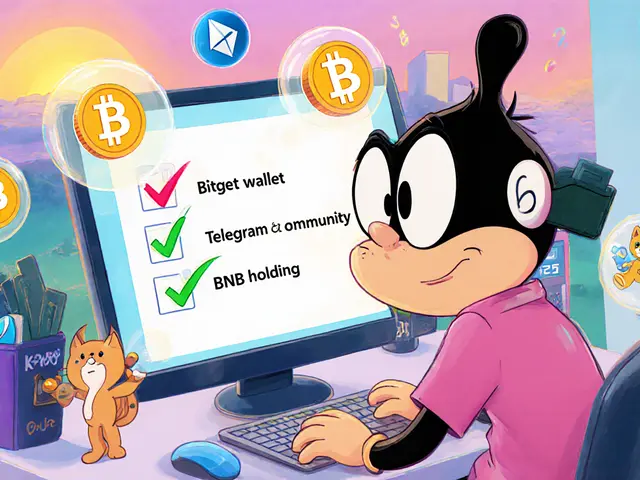
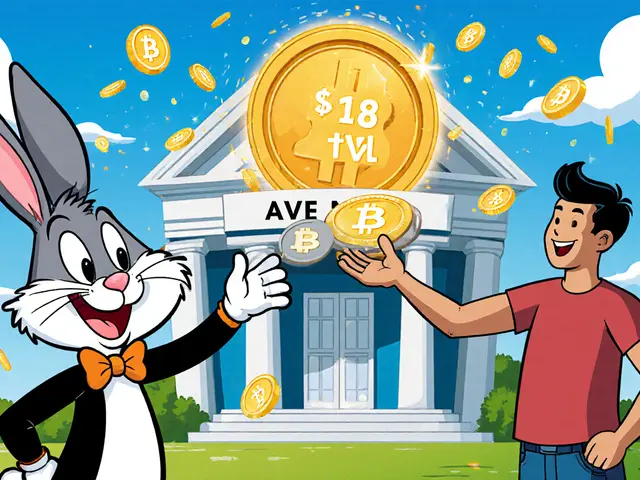
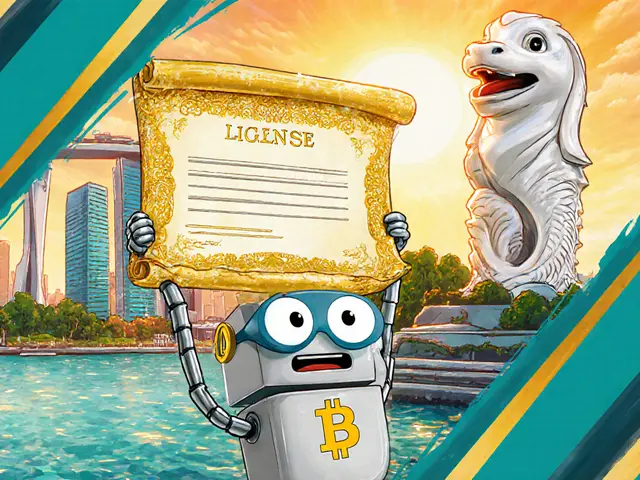
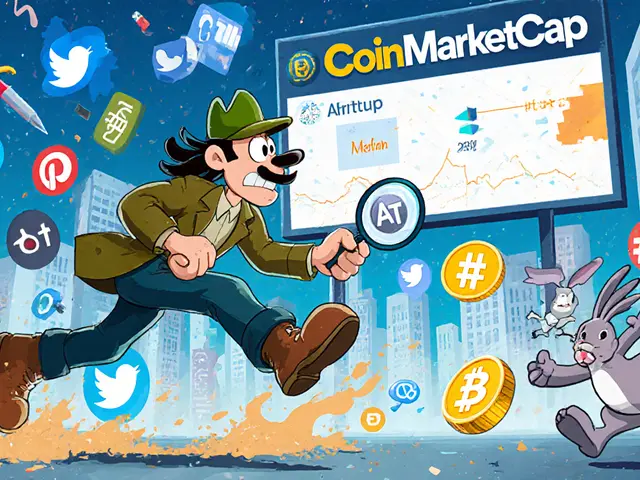
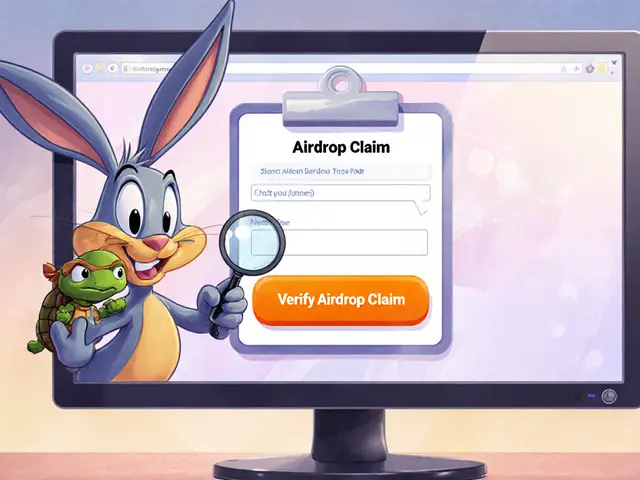
Categories